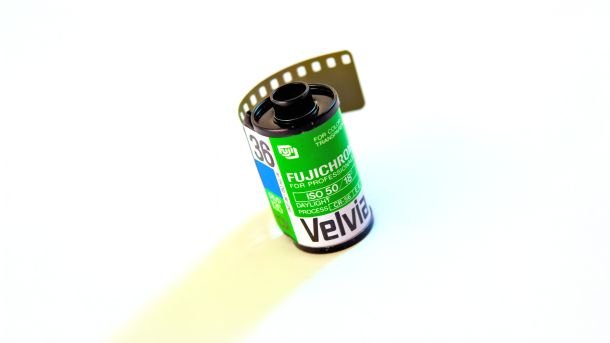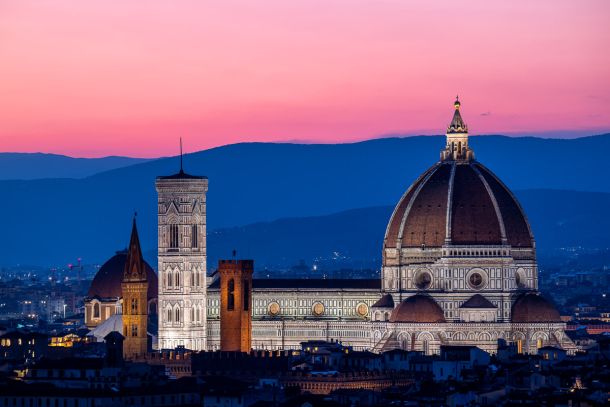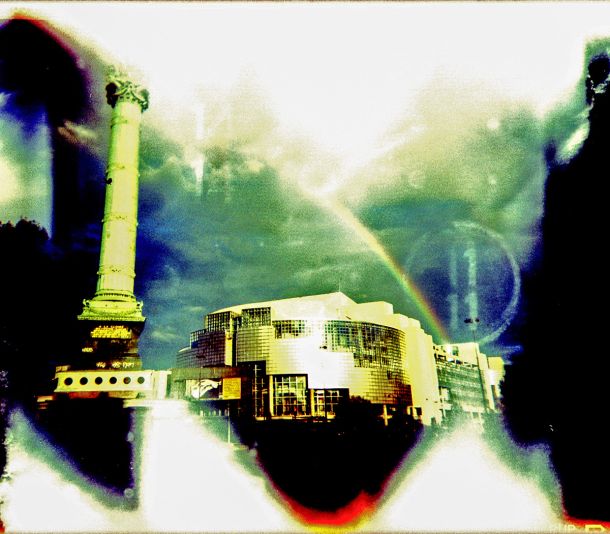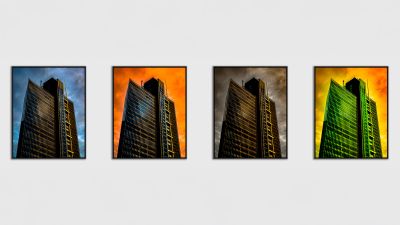
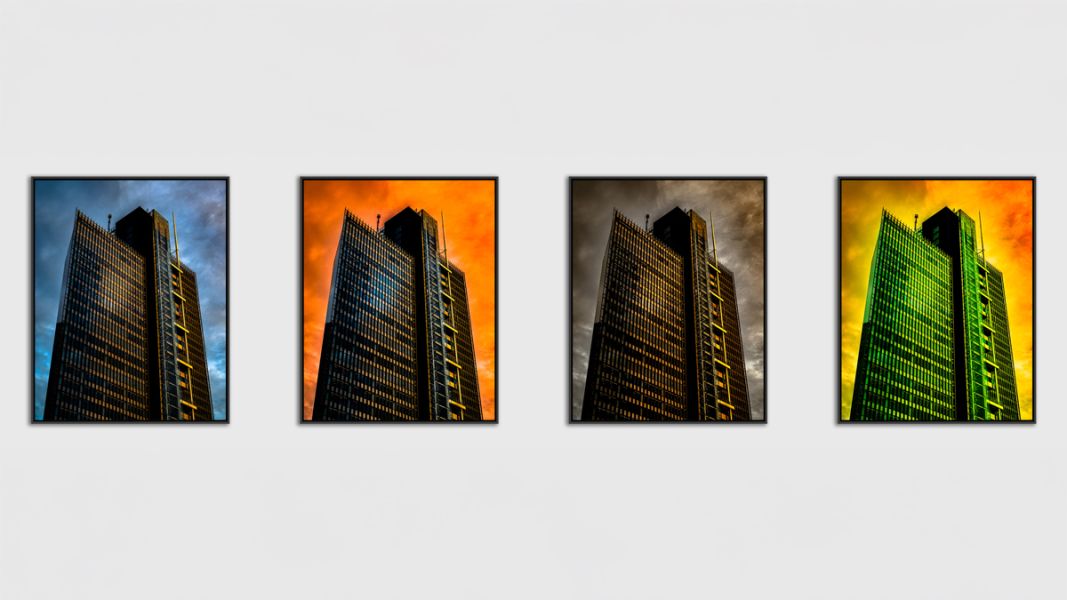
Differences between Photography, Image Editing and Generative AI
Photo Editing: An Extension of the Gaze
Since the beginning, photographers have modified their negatives and prints to best represent what they saw, something film couldn’t always faithfully reproduce. Work in the darkroom was a subtle art involving masking, multiple exposures, and contrast toning, far from a simple mechanical reproduction of reality. As early as the 19th century, retouching became a means of conveying a visual intention.
But the history of retouching also includes more controversial uses. In the 20th century, authoritarian regimes used photography as a propaganda tool, under Stalin, political figures were erased from official images. A visible and brutal manipulation that fueled mistrust toward any intervention on images.
In contemporary photography, editing is no longer falsification, it becomes a form of visual writing. It allows for restoring a perception, reinforcing an atmosphere, clarifying a message. That’s how I approach editing: not as an alteration, but as an extension of the gaze.
From Reversal Film to RAW: A Constant Discipline
Trained in film photography using reversal film (slides), I learned early on to compose directly at the moment of capture. With limited exposure latitude and no cropping possible, each shot had to be pre-visualized and composed before pressing the shutter. My experience as an automotive sports photojournalist taught me to shoot fast, accurately, and efficiently, no second chances in that field. You had to make the most of every situation, depending on the light and context.
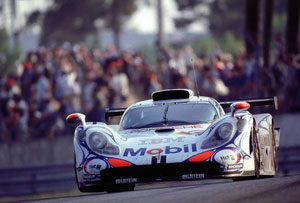
Today, I shoot in RAW, a format that offers extended dynamic range, but whose initial rendering may appear flat. Digital development then becomes a natural step to reveal the image: adjusting levels, contrast, and color balance, sometimes using masks to even out overly dark or bright areas.
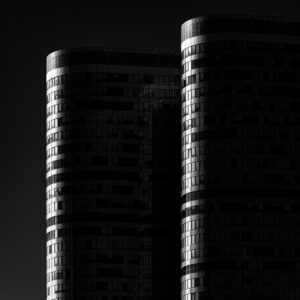
I sometimes use generative AI removal tools in Lightroom to eliminate distracting elements, or process my black and white images in Silver Efex to restore the density and texture of film. But in most cases, my images remain straight out of the sensor, with minimal intervention.
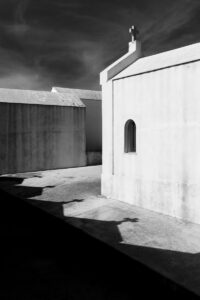
Editing is never about transforming the image, but about refining an intention. It extends a rigorous photographic practice, rooted in film and adapted to today’s tools. It’s a matter of precision and balance, in service of vision, not effects.
A Technical and Aesthetic Approach
For me, photo editing is about control, technical neutrality, and aesthetic commitment. Finalizing an image is like mixing audio or mastering a video. It doesn’t negate the truth of the moment, it optimizes its visual translation.
Tools are simply extensions of the gaze. The gaze decides, the software executes. It’s not a world of filters or illusions: it’s a digital workshop where precision matters as much as sensitivity. I fully leverage tools like Lightroom and Silver Efex, as well as some generative AI features for correcting or removing distractions, without altering the photographic nature of the image.
I also use generative AI for clearly stated creative purposes, like in my series Parallel Universes, where I compose images inspired by science fiction based on real architectural structures. These creations, although rooted in photography, belong to a different artistic process, always specified as such.
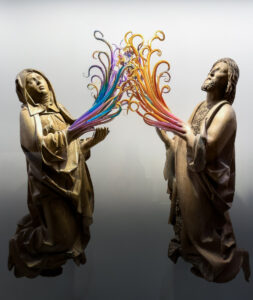
Photography vs. Generated Images: A Critical Distinction
To photograph literally means “to write with light”, from the Greek roots phōtos (light) and graphein (to write, to draw). Any photograph therefore involves the capture of real light at a specific moment using an optical device. A generative AI image, by contrast, does not stem from light nor from a moment in reality, it is the result of algorithmic calculation. It is not a photo, but a graphic creation.
At a time when artificial intelligence can generate so-called "photographic" images from simple text prompts, it becomes essential to reinforce this fundamental distinction. A photograph is born from a light capture on a physical or digital medium. It implies a perspective, a moment, an optical device, a place, and a real-world presence.
A generative AI image, however attractive, is not a photograph. It is a visual simulation derived from statistical computation based on millions of pre-existing images. It was never seen, never lived, never captured. It documents nothing. It is mere projection.
When some artists publish black-and-white images in a "fine art" style generated by AI, without clarifying their origin, they contribute to a problematic confusion. This isn’t about aesthetics, it’s about visual ethics. Passing off an algorithmic result as a photograph deceives the viewer, especially when the nature of the image isn’t explicitly stated.
I am not opposed to the use of generative AI, quite the contrary. I see it as a new tool for visual creation. What I object to is the ambiguity when AI-generated visuals are presented, or deliberately left unexplained, as captured photographs. This confusion undermines trust, clarity of intent, and ultimately, the ethics of the image.

The ease with which AI now replicates the aesthetic codes of fine art photography confuses non-expert audiences.
The analogy is simple: it’s like comparing a mass-produced supermarket meal with a chef’s dish at a restaurant, or a standardized fast-food burger versus a carefully crafted homemade burger. They share the same name but have neither the same origin, intention, nor value.
Tags
I am represented by the gallery
Une image pour rêver
